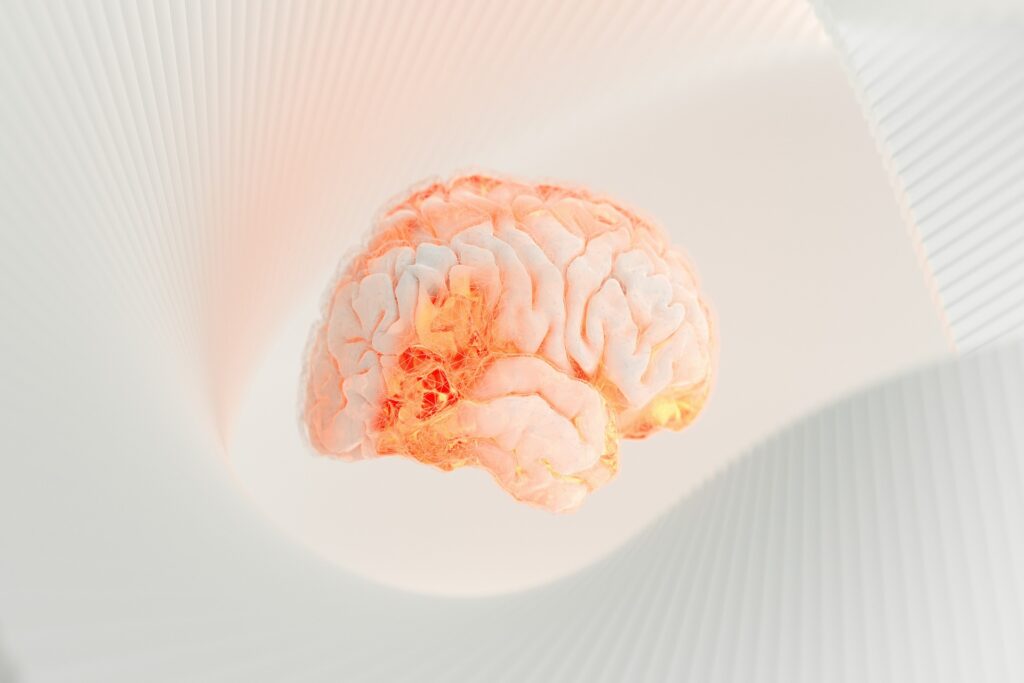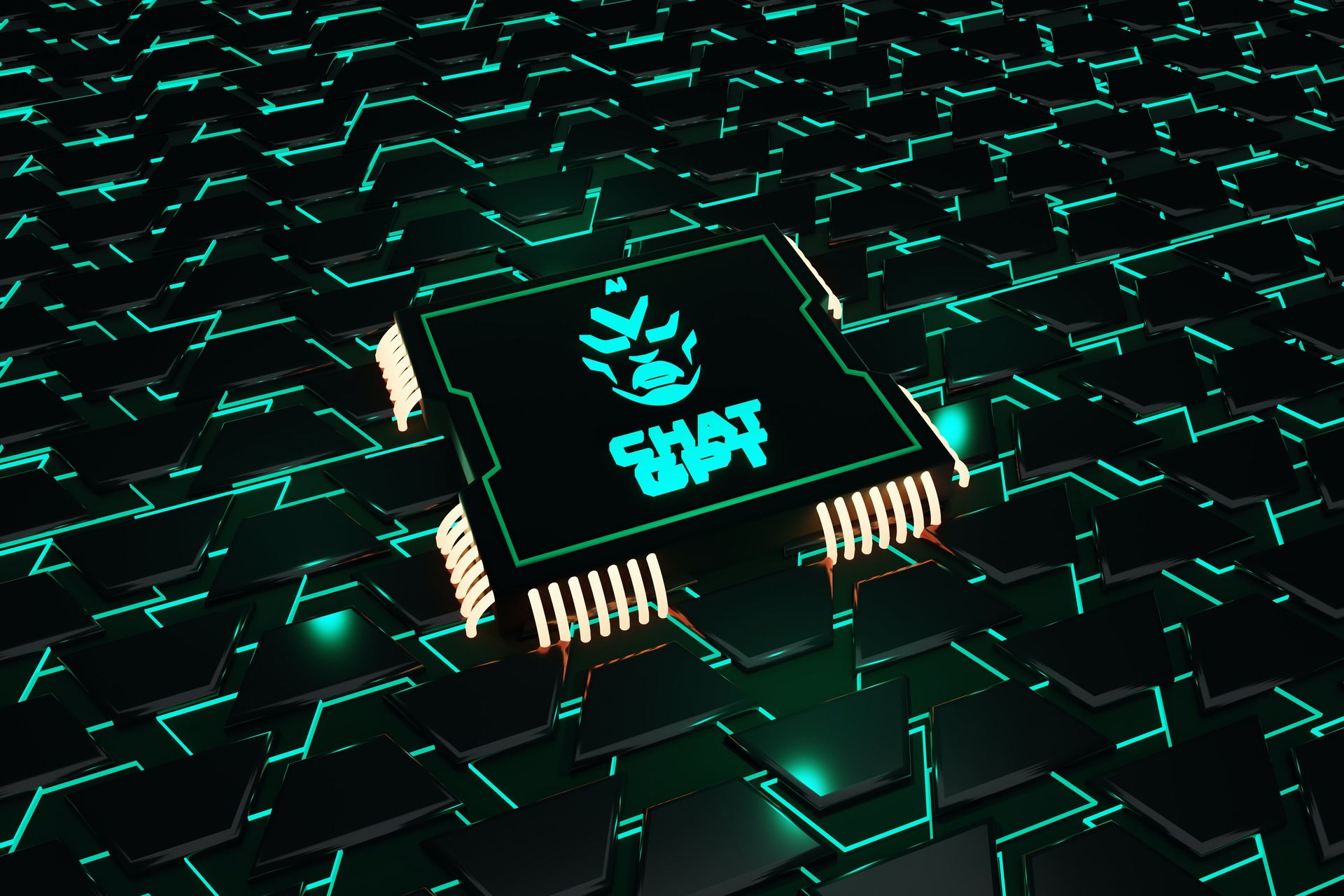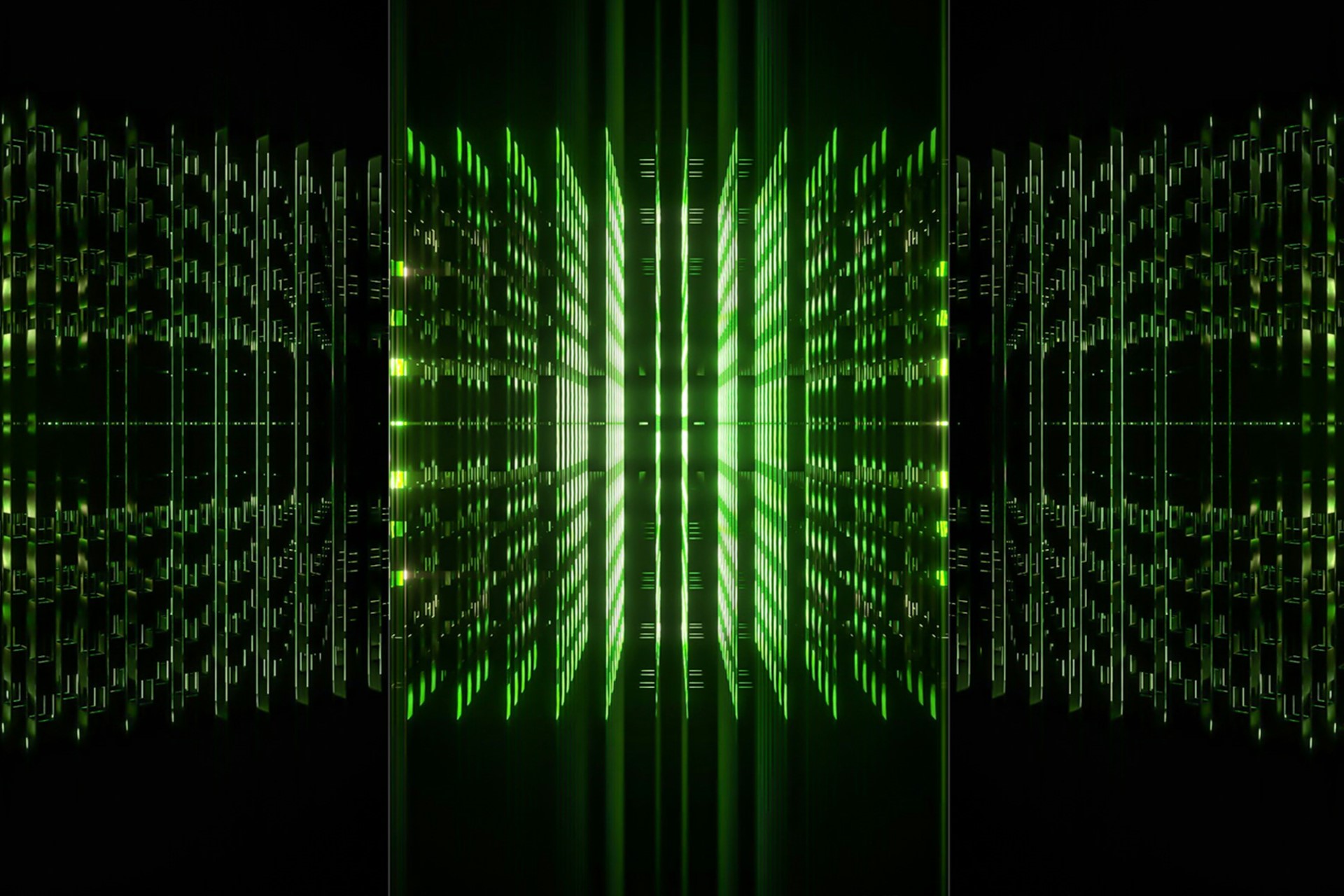Generative AI has caused quite a stir. There’s a lot of controversy surrounding artificial intelligence-created art, leaving businesses in a difficult position. Should they use AI art generators or avoid them entirely?
The decision to use or avoid AI art is something each business should consider with respect to its unique needs and public stance. That said, it helps to know how AI-generated art could help and where it could harm the company. With that in mind, here’s a look at the pros and cons of AI-created art.
Pros of AI-Generated Art
Much of the media attention around AI-generated content focuses on its downsides. Those deserve attention, but AI art generators have many benefits, too. Here are some of the most significant.
Time Savings
The most obvious benefit of artificial intelligence-created art is that it saves time. Tools like Dall-E can produce images in seconds when it could take hours to do the same thing manually.
That speed is handy for both artists and businesses. Artists can generate dozens of AI-created starting blocks to inspire their own work and finish multiple pieces in minimal time. Companies can generate custom images for online content without adding hours to a project. That’s a huge advantage for sites pushing out several articles a day.
Because time is money, faster timelines translate into cost savings, too. Employees who spend less time creating custom images can do more value-adding work in less time, effectively cutting costs compared to productivity.
Consistent Brand Imaging
AI art generators are also a great way to create a consistent brand image. Company websites are most engaging when they feel cohesive. Achieving that is difficult with royalty-free illustrations and photos, but AI unlocks new possibilities.
Using the same template for generative AI prompts ensures the finished products all look similar. For example, you could choose specific colors or an art style that aligns with your website and then request those in every AI prompt. Once you figure out a prompt that gets what you’re looking for, using it every time will create more consistent results.
This consistency lets websites have all the familiarity and cohesion of a solid brand logo while depicting different things for each post. Building an engaging, aesthetically pleasing and unique site becomes much easier.
Creative Inspiration
AI-created art also has creative advantages. In most cases, humans outperform computers by a wide margin when it comes to creative work. However, getting started and finding inspiration can be hard. AI makes it easier.
Generating AI images is a fast, easy way to get inspiration. You can create multiple renditions of the same topic to see different directions to take an idea. That can make it easier to find a starting point for your own creative work.
Some AI art generators even have tools to tweak earlier products, letting you adjust an image to get a better idea of where you want to take it. Even if you end up creating something entirely different, generative AI can kickstart your creativity by providing different angles and ideas.
Cons of AI-Generated Art
Of course, artificial intelligence-created art also has its fair share of negative implications. Here are some of the biggest that businesses should know.
Copyright and Other Legal Issues
Navigating copyright laws can be tricky with generative AI. Right now, U.S. copyright law only applies to human-created work, so you can’t copyright anything that comes from Dall-E or Midjourney, even though you wrote the prompt.
That puts businesses using AI-generated art in an unusual situation. On the one hand, they can freely use any AI-created art they want without infringing on someone else’s copyright — at least in legal terms. On the other, they can’t copyright any of their own AI art. If you post an AI image, someone else can use it, and you can’t sue them for it.
This strange legal standing also raises questions about profitability. Can you safely profit from something you don’t technically own the rights to? It’s also worth considering that AI has garnered increased legal attention as it’s grown. AI copyright laws could change, so it may be too soon to build a business model on AI-generated art.
Questionable Ethics
Legal issues aside, artificial intelligence-created art comes with a handful of ethical questions. Even if the law says AI-generated art doesn’t belong to anyone, many artists claim it’s a form of plagiarism.
Artificial intelligence technically doesn’t create anything new but combines and tweaks existing art. Consequently, you could consider AI-generated art plagiarism because it recycles ideas from human artists. Compounding the issue is the fact that most AI generators don’t compensate artists for their art when they use it in training datasets, and many train AI on pieces without original artists’ knowledge or consent.
There are also questions of putting artists out of a job or devaluing their work. Even if you’re in good legal standing using these tools, their ethicality is debatable.
Artistic Shortcomings
On a less serious note, artificial intelligence is not always a great artist. AI lacks logic, so it can’t tell when something is off. As a result, you can get pictures of humans with blurry faces or eight fingers.
Because AI art lacks a human touch, sometimes it has an “uncanny valley” effect. You may not be able to put a finger on what about it looks wrong, but it doesn’t look quite right. That unsettling feeling can make AI-generated art less impactful.
Should Businesses Use Artificial Intelligence-Created Art?
Given these ups and downs, where should businesses land in the question of artificial intelligence and art? It largely comes down to how the company uses this art.
In light of the ethical and legal questions AI art brings, companies should avoid monetizing AI art in any way. Similarly, it’s important to ensure their AI usage never takes a human artist’s job. Instead, they should use it to help human workers.
AI art is fine for featured images or illustrations where they save content creators time but aren’t the content’s main revenue source. Similarly, artists can use them for inspiration or as a starting point when taking on bigger manual projects. No matter the specifics, if a business uses AI in any capacity, it should be transparent about it.
Artificial Intelligence-Created Art Is a Complicated Issue
Artificial intelligence and art raise some unique questions. As generative AI grows, the world will likely come to a legal and ethical consensus on how to use it responsibly. Until then, it’s a useful tool, but one that businesses should use carefully.
Recent Stories
Follow Us On
Get the latest tech stories and news in seconds!
Sign up for our newsletter below to receive updates about technology trends














